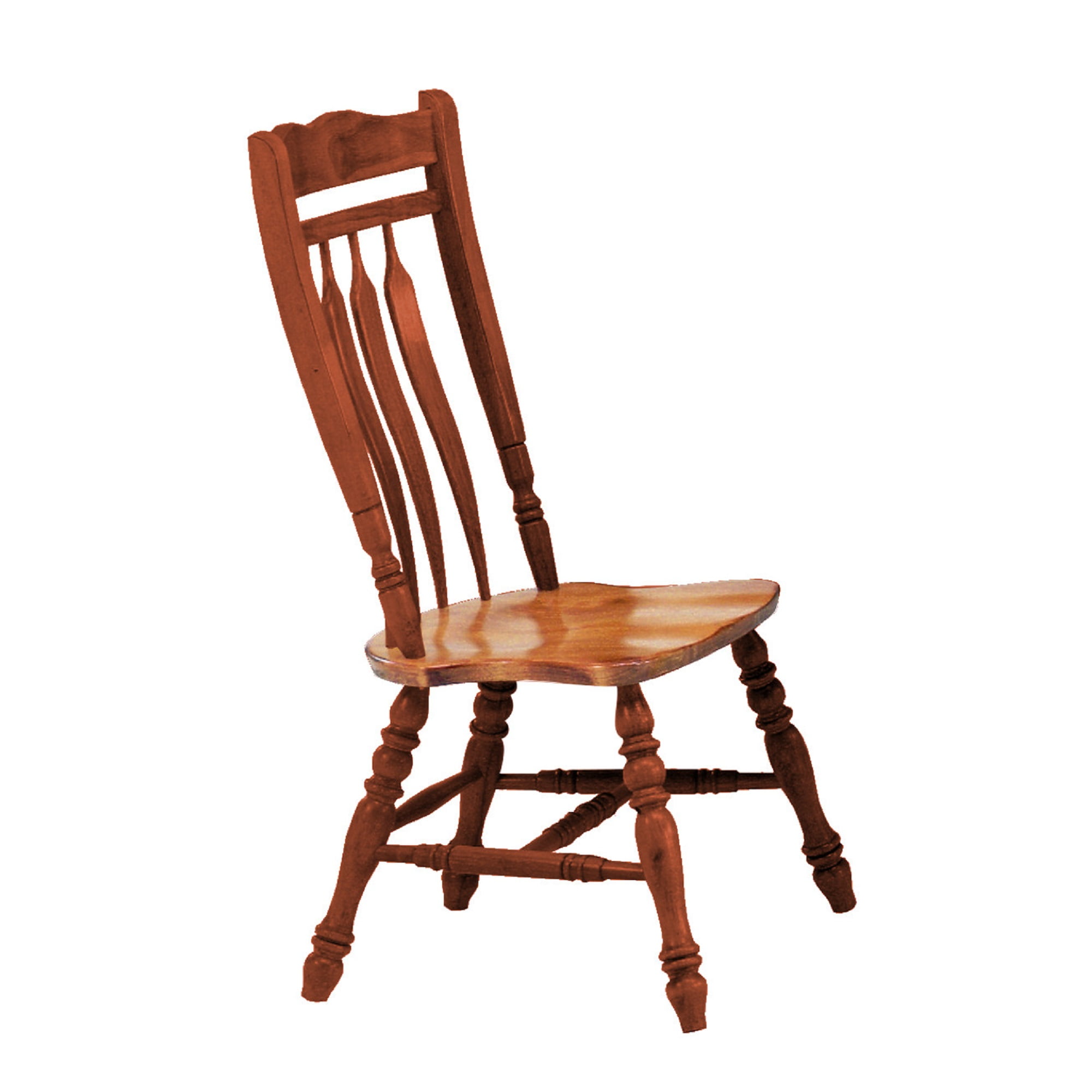Manufacturing & Materials of Curved Back Wooden Dining Chairs

The creation of a curved back wooden dining chair involves a complex interplay of material selection, skilled craftsmanship, and finishing techniques. The final product’s quality, durability, and aesthetic appeal are directly influenced by each stage of the process, from the initial choice of wood to the application of the final protective layer.
Wood Selection and Shaping
The selection of appropriate wood is crucial for achieving the desired strength, flexibility, and aesthetic characteristics. The process begins with sourcing high-quality timber, ensuring minimal defects and consistent grain patterns. Specific properties of the wood, such as its density and moisture content, will impact the ease of shaping and the final chair’s durability.
- Timber Selection: Choosing wood species based on strength, flexibility, and grain pattern suitable for bending and shaping.
- Wood Preparation: Milling the lumber to the required dimensions, accounting for shrinkage during the drying process.
- Steam Bending: Using steam to soften the wood fibers, allowing the back to be bent into the desired curve. This involves carefully controlling the temperature and duration of steaming to avoid damaging the wood.
- Forming the Curve: Securing the steamed wood to a mold or form to achieve the specific curvature of the back. This requires precise clamping and pressure to maintain the shape until the wood cools and sets.
- Drying and Shaping Refinement: Allowing the bent wood to dry completely to maintain its shape. This may involve further shaping and sanding to achieve the desired profile.
- Chair Assembly: Joining the shaped back with the legs, seat, and other components using traditional joinery techniques, such as mortise and tenon, dowels, or screws. Glue is often used to strengthen the joints.
- Finishing Touches: Sanding the entire chair to achieve a smooth surface, preparing it for the final finishing process.
Wood Type Comparison
Different wood types possess varying properties that affect their suitability for curved back chair construction. The choice often involves balancing strength, durability, aesthetic appeal, and cost.
| Wood Type | Strength | Durability | Aesthetic Qualities |
|---|---|---|---|
| Oak | High | High | Strong grain, varied color tones |
| Cherry | Medium | Medium-High | Rich reddish-brown color, fine grain |
| Mahogany | Medium-High | High | Deep reddish-brown color, luxurious appearance |
| Walnut | Medium-High | High | Rich dark brown color, distinctive grain patterns |
| Beech | Medium | Medium | Light to medium brown, even grain |
Finishing Techniques, Curved back wooden dining chair
Finishing techniques significantly impact the chair’s appearance, durability, and longevity. These techniques protect the wood from moisture, damage, and wear.
- Staining: Applying stains to enhance the wood’s natural color or to achieve a specific shade. Stains penetrate the wood’s surface, offering a more natural look.
- Painting: Applying paint to provide a completely different color and a more uniform finish. Paint offers greater protection than stain but hides the wood’s natural grain.
- Sealing: Applying a sealant, such as varnish, lacquer, or polyurethane, to protect the wood from moisture, scratches, and wear. The choice of sealant affects the final finish’s sheen and durability.
Environmental Impact
Sustainable practices are crucial in mitigating the environmental impact of curved back wooden chair manufacturing.
- Sustainable Sourcing: Using wood from responsibly managed forests, certified by organizations like the Forest Stewardship Council (FSC), ensures the long-term health of forests and reduces deforestation.
- Wood Waste Reduction: Employing efficient manufacturing processes to minimize waste and maximize the utilization of wood resources. This includes using offcuts for smaller components or other products.
- Low-VOC Finishes: Utilizing finishes with low or no volatile organic compounds (VOCs) reduces air pollution and improves indoor air quality.
- Recycled Materials: Incorporating recycled materials where appropriate, such as recycled metal for hardware or reclaimed wood for certain components.
